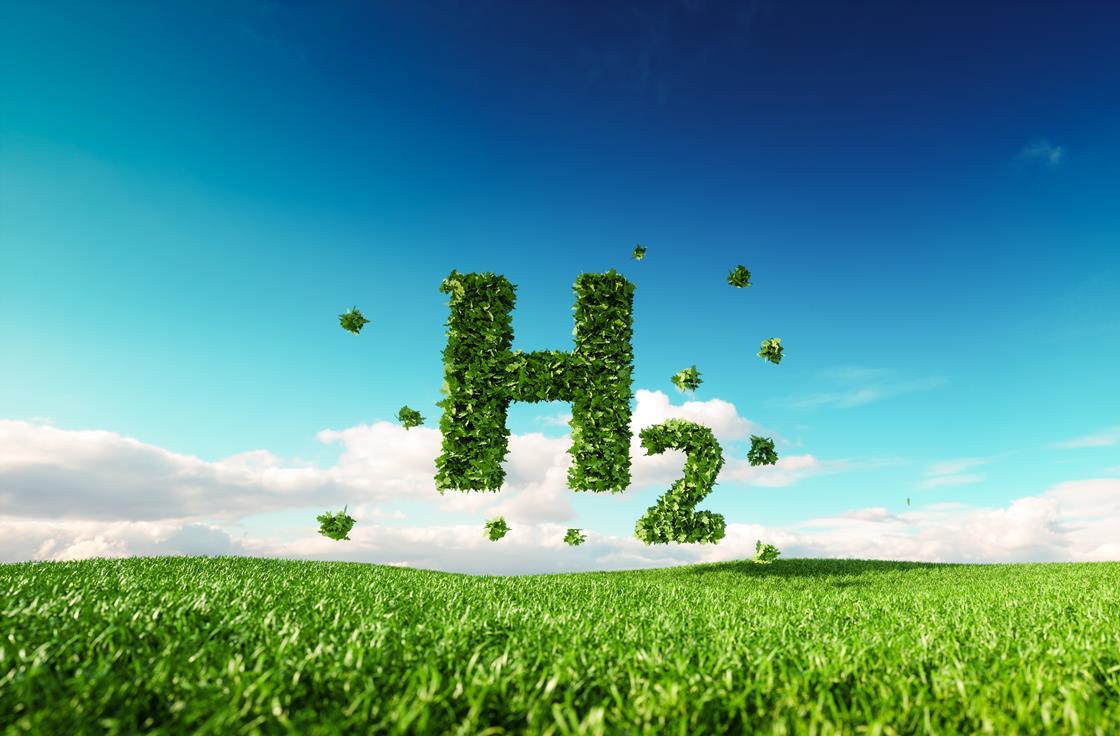

Source: Labor
Those were the words spoken by Pat Conroy (left), the Australian Labor party’s Shadow Assistant Minister for Climate Change and Energy, at the Hydrogen and Gas 2030 Conference last week.
Back in January, the Australian Labor party revealed its $1.14bn National Hydrogen Plan to make Australia a world leader in the burgeoning hydrogen industry – boosting jobs, exports, fuel security and reducing pollution in energy, transport and industrial sectors.
“Beyond the very significant funding embedded in this plan, is the signal to industry, both here and abroad, that a future Labor government will ensure Australia is at the heart of the global hydrogen industry,” Conroy told delegates attending the conference in Sydney, Australia.
“This plan is one of many we have that is focused on Australia becoming a renewable energy exports superpower. We have outlined policies in hydrogen, battery minerals and manufacturing, and renewable energy zones that are all aimed at our nation maximising the opportunities as the world transitions to renewable energy.”
Labor’s plan will support the hydrogen economy through research and development, commercialisation, deployment, infrastructure and regulatory reform.
“While some areas of the hydrogen industry are quite mature, others are not and that’s why Labor will require ARENA (Australian Renewable Energy Agency) to direct up to $90m of its investment budget to support the development and pre-commercial deployment of hydrogen technologies, as well as making hydrogen production, storage and transport a funding priority of the Australian Research Council,” Conroy said.
“We are also committed to assisting in the deployment of hydrogen-based technologies and industry development. Labor will allocate $1bn of CEFC (Clean Energy Finance Corporation) funding to support clean hydrogen. This is only possible due to Labor’s commitment to double the CEFC’s capital by $10bn.”
“We will also allocate $40m from the CEFC Clean Energy Innovation Fund to the demonstration and development of hydrogen technologies and require ARENA to allocate $10m of its funding to establish hydrogen refuelling infrastructure across Australia. Labor will invest $3m to establish the National Hydrogen Innovation Hub in Gladstone.”
Hydrogen Mobility Australia CEO: Hydrogen’s time has come
According to Conroy, other aspects of Labor’s industry development strategy include:
- Working with state governments to develop and harmonise regulations for hydrogen vehicles.
- Tasking the Australian Energy Market Commission to examine a rule change to allow for compensation for grid firming services from electrolysers.
- Developing a ‘Guarantees of Origin’ scheme that certify that hydrogen is either renewable hydrogen or carbon neutral (through carbon capture and storage/carbon capture and recycle).
- Develop government to government agreements on hydrogen targeting possible export destinations such as Japan, South Korea and European nations.
He then outlined to conference attendees what he described as “the most important parts of our strategy, but definitely less sexy”:
- Reviewing gas pipeline regulations to include gaseous hydrogen.
- Engaging with the International Maritime Organisation to ensure appropriate regulatory frameworks for shipping of Hydrogen.
- Developing a framework for securing long-term storage liability for CO2 storage related to Hydrogen production with Carbon Capture and Storage.
- Developing appliance standards to enable use of standardised and easily convertible appliances.
Clear signal
“Labor’s National Hydrogen Strategy is a clear signal to industry both here and overseas, and to potential international customers such as Japan, the Republic of Korea and Germany that Australia is serious about hydrogen,” Conroy highlighted.
“We have a strategy that supports hydrogen from infancy to full blown maturity. Wherever along the product life cycle a particular hydrogen technology is, Labor will have a policy that could support it.”
Conroy said the development of clean hydrogen is necessary if the world is going to decarbonise.
“And decarbonise we must if we are to reduce global warming to well below 2 degrees as the Paris Agreement sets out.”
Concluding, he said, “Labor is committed to building an Australian hydrogen industry that is globally competitive, that helps Australia and the entire world decarbonise.”
“An industry that can employ tens of thousands of Australians. An industry that will ease the transition to a low pollution future for carbon intensive industries.”
Hydrogen Zone
From the Hydrogen Economy to the merchant refinery hydrogen market, for all the latest news, views and analysis of the global hydrogen business, visit and bookmark gasworld’s dedicated Hydrogen Zone.
The Zone includes market reports and intelligence, interviews, profiles of who’s-who in the hydrogen sector, and further reading items. Make sure you visit it today!
